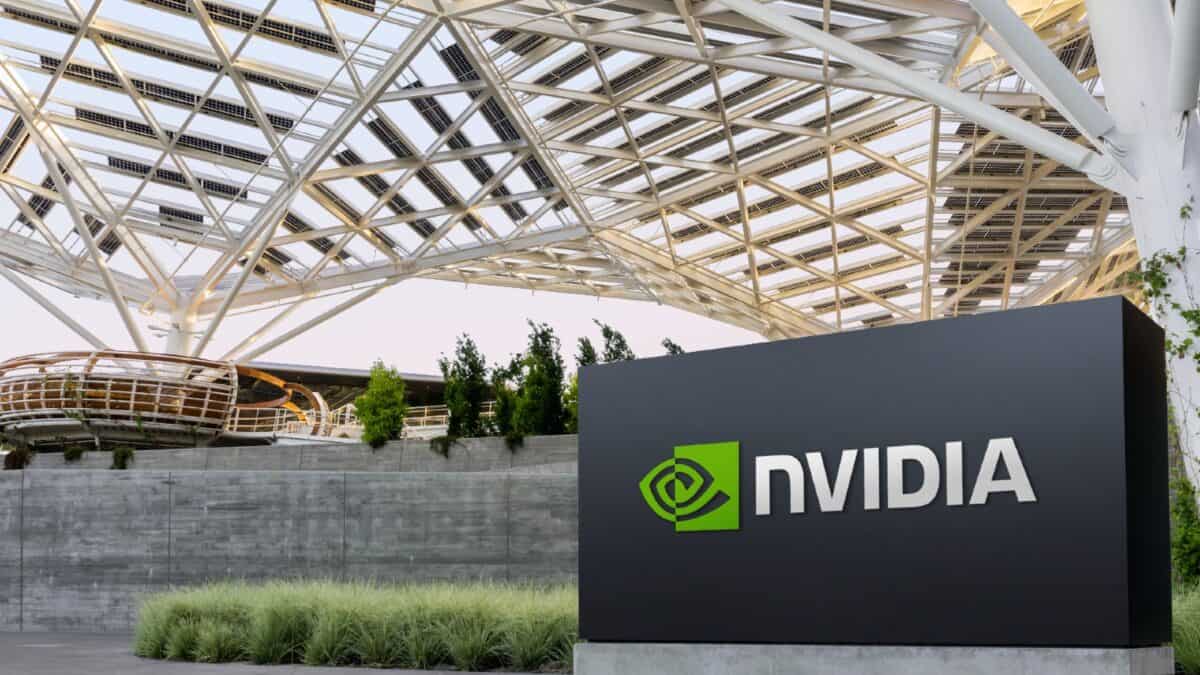I have been eyeing the opportunity to buy into chipmaker Nvidia (NASDAQ: NVDA) for a while but was put off by the price. As Nvidia stock fell recently, I was warming up more to the price – and this week saw it move around wildly.
Around a fifth cheaper than at the start of the year (but up 1,537% over the past five years!), has Nvidia now hit the sort of point where I would be ready to add it to my ISA?
Defining value can be difficult
It might seem as if I ought not to have a dilemma.
After all, I was waiting for the stock to get markedly cheaper – and the price has now fallen significantly.
But the thing is, value and price are not necessarily the same thing. As billionaire investor Warren Buffett has said, price is what you pay and value is what you get.
Nvidia now trades on a price-to-earnings (P/E) ratio of 37.
But that is based on last year’s earnings. As an investor, one way I can aim to build wealth from owning shares is to look for companies likely to have sizeable earnings (relative to what I pay) in future.
The main reason Nvidia stock has been falling lately is the fear of the potential impact US tariffs may have on its business. US policy in this area remains unclear and is fast-changing. But I continue to see a real risk to Nvidia’s sales revenues and profits from the proposed US tariff regime and retaliatory moves by other nations.
That could hurt earnings, meaning the prospective P/E ratio may be higher than 37.
So, while it may seems as if the stock has become cheaper, in fact what has happened is that the price has fallen. Those two things are not necessarily the same.
Not ready to buy yet
Time will tell. For now, though, I see significant risks for Nvidia (as well as other chipmakers) from US tariff policy.
The company faces other risks too, with the US government increasingly shutting off some avenues for growth in China. The stock market turbulence has likely made some large companies postpone or cancel decisions on capital expenditure. That could mean lower AI budgets, leading to weaker demand than previously expected for Nvidia chips.
I still like Nvidia as a business. It is massively profitable, has a large installed user base and thanks to a variety of proprietary designs it is able to offer some chips to customers with no effective competition.
But a P/E ratio of 37 offers me insufficient margin of safety for my comfort as an investor. Meanwhile, growing risks to the business mean that the prospective P/E ratio could actually turn out to be higher than that, meaning the current valuation would be even less attractive to me.
I am happy to buy shares during market turbulence — and have been doing so with other companies over the past fortnight.
But when it comes to Nvidia, the number of moving parts mean that I prefer to wait for some of the dust to settle – and I’m still not persuaded by the valuation. So, for now, I will not yet be buying.
This post was originally published on Motley Fool





